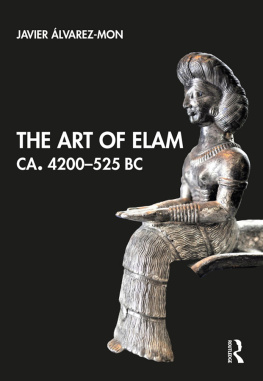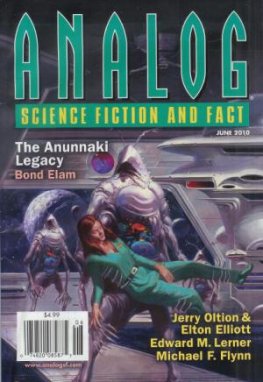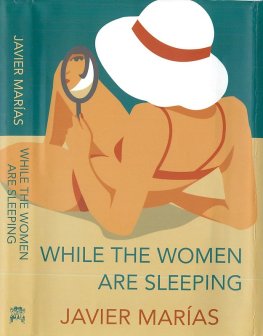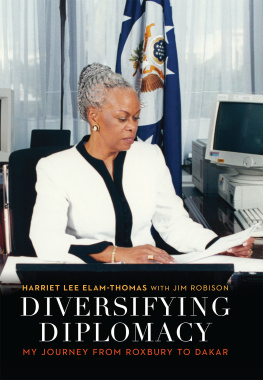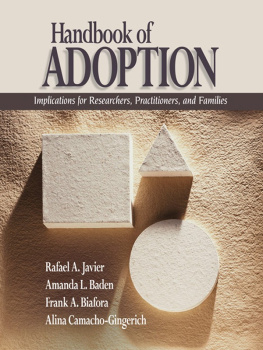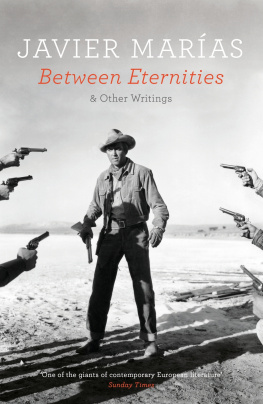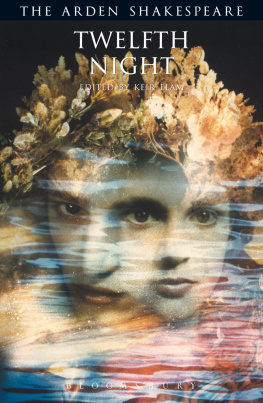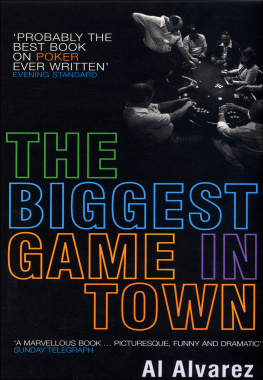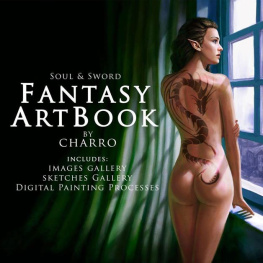The Art of Elam ca. 4200525 BC
The Art of Elam ca. 4200525BC offers a view of, and a critical reflection on, the art history of one of the worlds first and least-known civilizations, illuminating a significant chapter of our human past.
Not unlike a gallery of historical paintings, this comprehensive treatment of the rich heritage of ancient Iran showcases a visual trail of the evolution of human society, with all its leaps and turns, from its origins in the earliest villages of southwest Iran at around 4200 BC to the rise of the Achaemenid Persian empire in ca. 525 BC . Richly illustrated with 1,450 photographs, 190 line drawings, and digital reconstructions of hundreds of artefactssome of which have never before been publishedThe Art of Elam goes beyond formal and thematic boundaries to emphasize the religious, political, and social contexts in which art was created and functioned.
Such a magisterial study of Elamite art has never been written, making The Art of Elam ca. 4200525BC a ground-breaking publication essential to all students of ancient art and to our current understanding of the civilizations of the ancient Near East.
Javier lvarez-Mon, a native of Spain, holds degrees in ancient Near Eastern art and archaeology from the cole du Louvre (Paris) and the University of California at Berkeley (USA), and in Religious Studies and Theology from the Graduate Theological Union and Jesuit School of Theology at Berkeley. A 2003 Fullbright-Hays (DDRA) Fellow and 20142018 Future Fellow (Australian Research Council), he has taught at the University of Sydney (Australia) and is presently Professor in Near Eastern Archaeology and Art at Macquarie University, Sydney (Australia). He is author and co-editor of numerous articles dedicated to the ancient Iranian civilizations of Elam and early Achaemenid Persia, as well as several books: The Arjan Tomb (2010), Elam and Persia (2011), The Elamite World (with Basello and Wicks, 2018), and The Monumental Reliefs of the Elamite Highlands: A Complete Inventory and Analysis (from the Seventeenth to the Sixth Century BC ) (2019).
Elam was the starting point for arts, which were to be influential east, west and north. In many ways they represent in some detail the beginning of descriptive and narrative art for a major part of the ancient world. A thorough new study incorporating the latest finds and theories has long been needed, to blow the dust off old theories and look again at the sometimes startling and always engaging evidence. Alvarez-Mon does just that and earns our gratitude.
Sir John Boardman, University of Oxford, UK
In The Art of Elam Javier lvarez-Mon provides an unrivalled, comprehensive description of one of the more neglected, major artistic traditions of the ancient world. Thanks to his exceptional efforts, the millennial time-honored art of Elam the distinctive art of pre-Achaemenid southwestern Iran is at last given its proper due. In this ground-breaking work, new standards of commentary and analysis and a stunning array of pertinent illustrations give life to the religious and political messages that were transmitted through the centuries by the signal arts of Elam. All students of ancient art owe a substantial debt to the author of this magisterial study.
David Stronach, University of California at Berkeley, USA
Javier lvarez-Mon has produced a work combining deep knowledge, judicious commentary, and extraordinary graphics that reveals the art of Elam in a way never before seen. His comprehensive survey of every genre of material culture displaying the artistic creativity of the Elamites, from small objects to monumental rock-reliefs, is staggering in its breadth. He has put every student of the ancient Near East, and indeed of ancient art, in his debt. This work sets an entirely new standard in the field.
D.T. Potts, New York University, USA
First published 2020
by Routledge
2 Park Square, Milton Park, Abingdon, Oxon OX14 4RN
and by Routledge
52 Vanderbilt Avenue, New York, NY 10017
Routledge is an imprint of the Taylor & Francis Group, an informa business
2020 Javier lvarez-Mon
The right of Javier lvarez-Mon to be identified as author of this work has been asserted by him in accordance with sections 77 and 78 of the Copyright, Designs and Patents Act 1988.
All rights reserved. No part of this book may be reprinted or reproduced or utilised in any form or by any electronic, mechanical, or other means, now known or hereafter invented, including photocopying and recording, or in any information storage or retrieval system, without permission in writing from the publishers.
Trademark notice: Product or corporate names may be trademarks or registered trademarks, and are used only for identification and explanation without intent to infringe.
British Library Cataloguing-in-Publication Data
A catalogue record for this book is available from the British Library
Library of Congress Cataloging-in-Publication Data
Names: Alvarez-Mon, Javier, author.
Title: The art of Elam, ca. 4200-525 BC / Javier Alvarez-Mon.
Identifiers: LCCN 2019049035 (print) | LCCN 2019049036 (ebook) | ISBN 9780415814744 (hardback) | ISBN 9781003018254 (ebook) Subjects: LCSH: Art, Elamite. | ElamAntiquities. | ElamHistory.
Classification: LCC N5370 .A44 2020 (print) | LCC N5370 (ebook) | DDC 700.935/76409013dc23
LC record available at https://lccn.loc.gov/2019049035
LC ebook record available at https://lccn.loc.gov/2019049036
ISBN: 978-0-415-81474-4 (hbk)
ISBN: 978-1-003-01825-4 (ebk)
Typeset in Bembo
by Newgen Publishing UK
For my parents
Mercedes Snchez Ortiz and Manuel lvarez-Mon Garca y Gell
We should not concern ourselves with Elamite art purely for intellectual reasons
and for what it has to teach about the remains of a civilization past,
the stuff of lives long gone.
We should also care about it because of the wonders it unveils,
the pleasures it holds.
In the course of this walk through the visual grove of Elam,
give free rein to your imagination,
pilgrim, take shade under the palm tree,
inhale the past and become intoxicated by the story.
Perhaps you will find reason to agree with the poet Hafez and hear the whisper:
imagination does not exist.

Sketch of the tomb of the Prophet Daniel and the ruins of Susa in the background. By H.A. Churchill. First published view of Susa (Loftus 1857)
Contents
PART I
Elam before Elam ( ca. 42002900 BC )
PART II
The rise of Elam ( ca. 29001880 BC )
PART III
The Golden Age ( ca. 18801050 BC )
PART IV
Between Golden Age and Empire ( ca. 1050525 BC )



